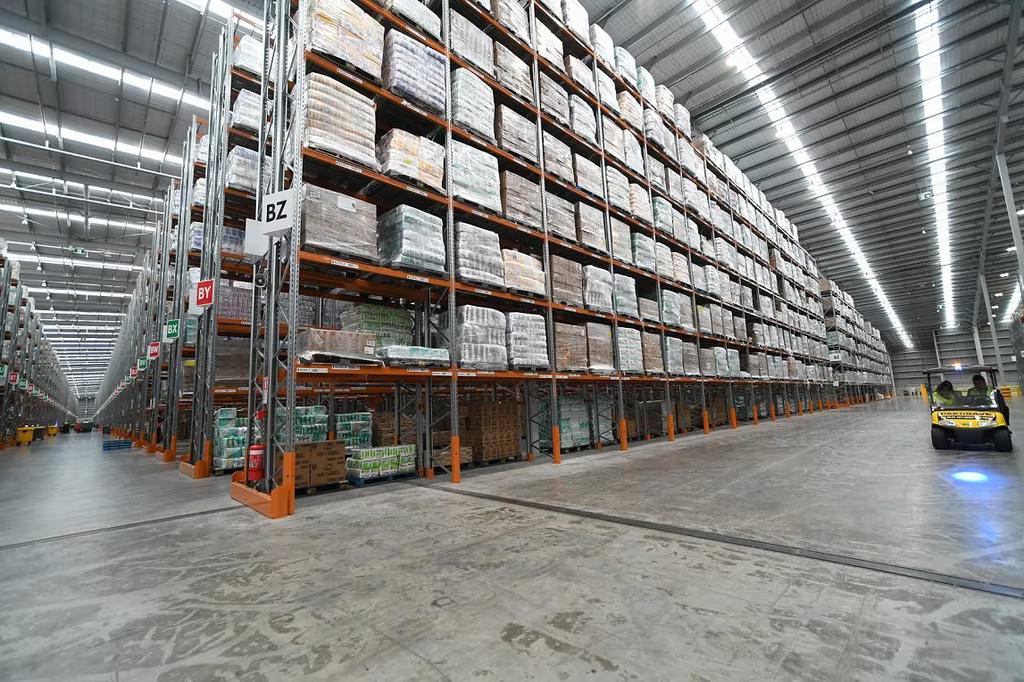
Media Release: Costs from grocery suppliers to supermarkets increase 5.4%pa in October
The average annual rate of supplier cost increases continued to moderate in October. The Infometrics-Foodstuffs New Zealand Grocery Supplier Cost Index (GSCI) shows a 5.4% increase in what suppliers charged supermarkets for goods in October 2023 compared to a year ago – down from 6.1%pa in September 2023.
“October’s annual increase is the slowest rise in 19 months (since April 2022) but remains higher than before inflationary pressures started pushing up costs and prices across the board,” says Infometrics Chief Executive and Principal Economist Brad Olsen. “The monthly increase was still in the top third of monthly results.”
The Infometrics-Foodstuffs New Zealand Grocery Supplier Cost Index (GSCI), commissioned by Foodstuffs New Zealand, measures the change in the cost of grocery goods charged by suppliers to the Foodstuffs North Island and South Island cooperatives. The Index utilises detailed Foodstuffs NZ data across over 60,000 products Foodstuffs buys to stock in store, making it the largest dataset of its type in New Zealand, to give a real-time view on supplier cost changes.
Every month, the Index tracks what it costs supermarkets to buy the goods to put on the shelf. Previous analysis shows that supplier costs are the major component of supermarket prices, representing two-thirds of the on-shelf price.
“Over 5,500 items increased in cost in the October month, more than triple the roughly 1,600 products that rose in cost in October 2020. An average of over 5,000 items a month have increased in cost in 2023, compared with fewer than 2,000 a month on average over 2018-19,” says Mr Olsen. A larger proportion of items rose in cost by more than 20% during the month of October, at 8.5%, compared to 5.9% of items in 2020. However, a larger proportion of items fell by more than 20% in October, at nearly 11%, compared to 6% of items changing cost in October 2020.
“Produce costs fell again in October from the month before, reducing their annual increase to 6.2% - the lowest annual rise since the end of 2021.” Lower costs for salad vegetables (tomatoes, lettuce, cucumbers) drove this result. “However, all other departments saw still-higher costs, with larger increases for grocery items like potato chips, cooking oils, noodles, and laundry products. Overall grocery department costs are still up 6.0%pa.”
“Broader economic trends support a continued moderation in cost increases over time, although there are still persistent pockets of concern that will cause inflationary pressures to remain for some time. The high number of items increasing in cost underscores that although annual increases have moderated and are expected to continue doing so, there’s still a lot of built-up momentum for some products,” says Mr Olsen.
ENDS
Note:
The Infometrics-Foodstuffs New Zealand Grocery Supplier Cost Index (GSCI), commissioned by Foodstuffs New Zealand, measures the change in the cost of grocery goods charged by suppliers to the Foodstuffs North and South Island cooperatives.
The Index utilises detailed Foodstuffs NZ data, across over 60,000 products, analysed by independent economics consultancy Infometrics to produce the GSCI and publish it on a monthly basis. For more details see www.infometrics.co.nz/product/grocery-supplier-cost-index.









